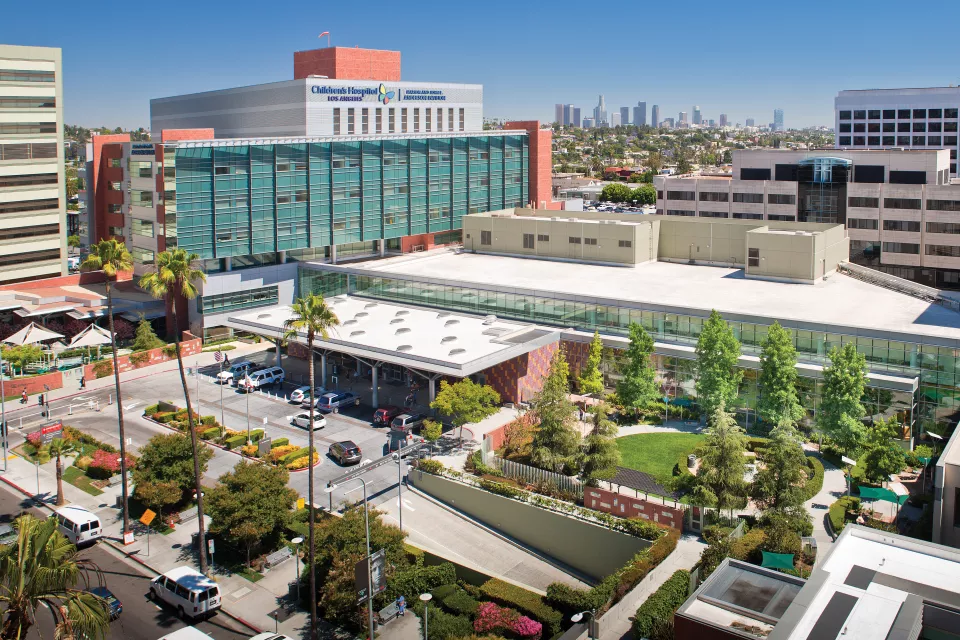Apert syndrome is a rare hereditary condition that affects about one in every 160,000 births. Children with Apert syndrome have premature closure of the cranial sutures (craniosynostosis) and skin fusion (syndactyly) of the hands and feet. Most commonly, the second, third and fourth digits are fused, which informally is called "mitten glove."
Certain congenital anomalies are more common in children with Apert syndrome. These include abnormal central nervous system structure, gastrointestinal issues, respiratory difficulties and increased risk for heart disorders and genitourinary defects. In more than two-thirds of patients, the cervical vertebrae (spine bones in the neck) are fused, which means that careful review of the spine through imaging is required before any surgical procedures are performed.
Growth tends to decrease in children with Apert Syndrome during childhood and especially after adolescence. During adolescence, moderate to severe acne is common.
Causes of Apert Syndrome
Apert Syndrome is the result of a genetic change (mutation) in a gene called FGFR2 – “fibroblast growth factor receptor 2” – on chromosome 10. A child only needs to receive the mutated gene from one parent to be affected by the disorder. Most Apert Syndrome cases occur sporadically as a result of a new mutation (instead of being passed down from a parent). Although studies have noticed a higher occurrence in children with older fathers, this condition can occur in children born to parents of all ages.
If you have Apert Syndrome, you have a one in two (50 percent) chance of passing the condition on to your child. An unaffected child of a parent with Apert syndrome has no more chance of passing it on than a child in a family with no history of this condition.
For families in which a gene mutation is identified, prenatal diagnostic testing is a possibility.
Apert Syndrome Treatment
Treatment often includes early surgery to correct the abnormal bone growth of the skull, mid-face and jaw. Some findings suggest that early neurosurgical intervention does not eliminate all risk for mental disability, some of which is thought to be related to subtle brain malformations. In the Division of Plastic and Maxillofacial Surgery, we take an interdisciplinary approach to this condition. Our medical team typically includes:
- Craniofacial surgeons
- Ear, nose and throat specialists
- Neurosurgeons
- Ophthalmologists
- Oral surgeons
- Orthodontists
- Speech pathologists
